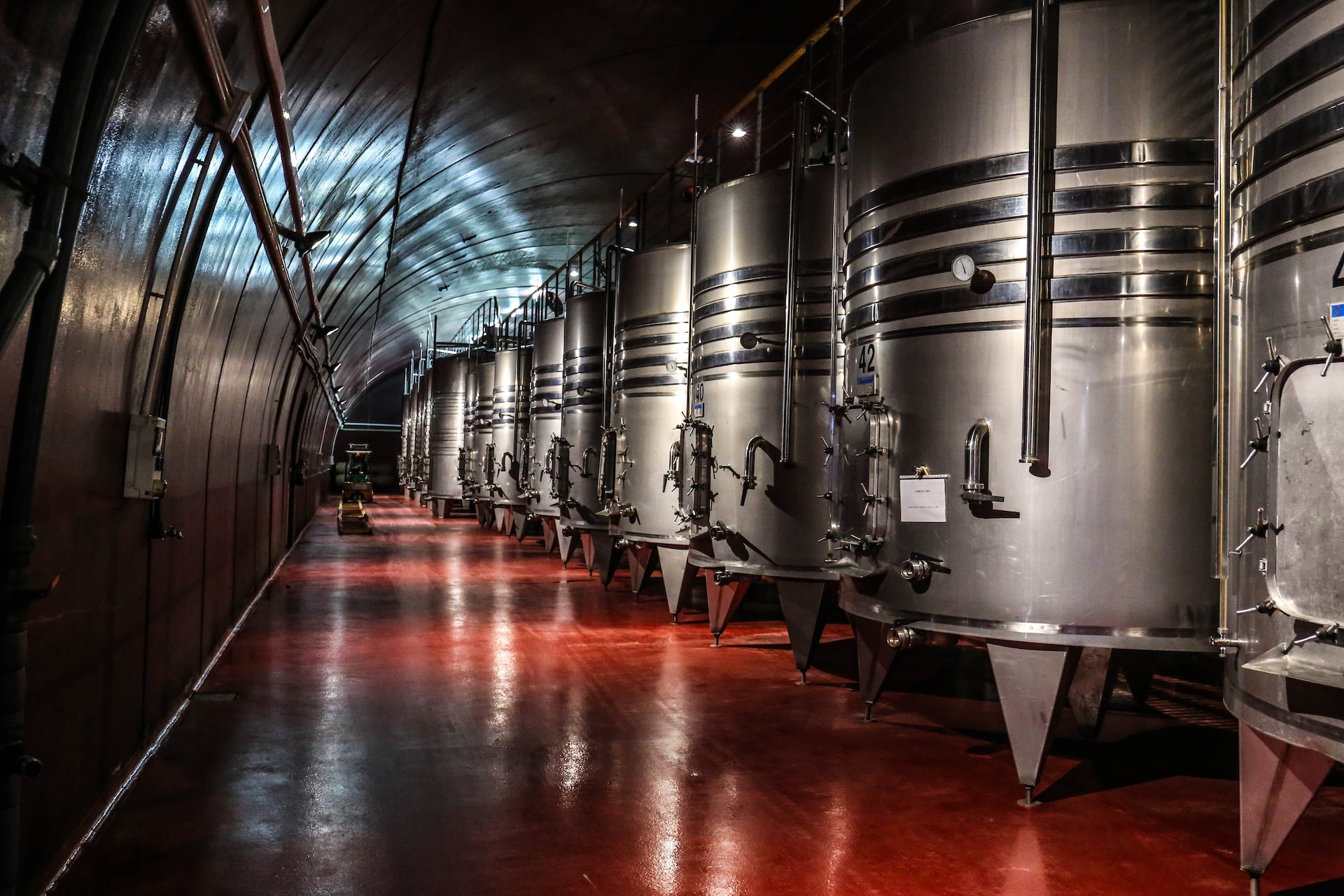
Industrial tank cleaning is a crucial process that ensures the safety, efficiency, and longevity of tanks used in various industries. Tanks store and transport many substances, including chemicals, gases, and fluids. Over time, tanks can accumulate debris, sludge, and contaminants, leading to safety hazards, reduced efficiency, and even structural damage. Therefore, industrial tank cleaning is essential to maintain the integrity and functionality of tanks and ensure the safety of workers and the environment.
Why Industrial Tank Cleaning is Important?
1. Ensuring Safety
Industrial tank cleaning is crucial to ensure the safety of workers and the environment. Tanks storing hazardous materials, such as chemicals and gases, can pose significant safety risks if improperly cleaned. The buildup of these substances can lead to explosions, fires, and other accidents that can cause injuries, property damage, and environmental pollution.
2. Improving Efficiency
Industrial tank cleaning can improve the efficiency of tanks by removing debris, sludge, and other materials that can clog pipes, valves, and other components. This enhances the flow of substances and reduces the risk of equipment failure, downtime, and maintenance costs. Clean tanks perform better and are more efficient in their operations.
3. Extending Lifespan
Regular cleaning and maintenance of tanks can help prevent corrosion, rust, and other damage that can weaken the structure and lead to leaks or ruptures. By identifying and addressing potential issues before they become major problems, industrial tank cleaning can help extend the tank’s lifespan, thus reducing the risk of expensive repairs or replacements. This saves companies money in the long run and ensures that tanks can be used for a longer period of time.
The Process of Industrial Tank Cleaning
The process of industrial tank cleaning involves several steps, depending on the type and size of the tank, the substances stored in it, and the degree of contamination. Generally, the process begins with preparing the tank for cleaning by isolating it from other equipment, draining the contents, and ensuring that it is safe to enter. Next, the tank is inspected to identify any damage, corrosion, or other issues that may require repair or replacement.
Then, the tank is cleaned using various methods, such as high-pressure water blasting, chemical cleaning, or steam cleaning, depending on the nature of the substances and the level of contamination. After cleaning, the tank is rinsed and dried, and a final inspection is conducted to ensure that it meets safety and performance standards.
Conclusion
In conclusion, industrial tank cleaning is a vital process that helps to ensure the safety, efficiency, and longevity of tanks used in various industries. Proper cleaning and maintenance can prevent safety hazards, improve performance, and extend the lifespan of tanks, thus reducing the risk of accidents, equipment failure, and costly repairs or replacements. While industrial tank cleaning can be done in-house, hiring professional tank cleaning services with the knowledge, expertise, and equipment to perform the job safely and effectively is often more effective. By investing in industrial tank cleaning, companies can protect their assets, workers, and the environment while maintaining operational efficiency and profitability.
At ATM Tanks, we’re all about bolted square and round panel tanks! From design to installation, we’ve got you covered for all your above-ground tank needs across Australia and the Pacific. If you’re looking for industrial tank cleaning services, we’ve got you covered there too! Don’t hesitate to request a quote today and leave the dirty work to us.
- How to Spot and Fix Minor Tank Repairs Early - October 19, 2025
- Handling Emergency Tank Cleanups Safely and Efficiently - October 19, 2025
- Choosing the Right Tank Lining Material for Your Needs - October 19, 2025






